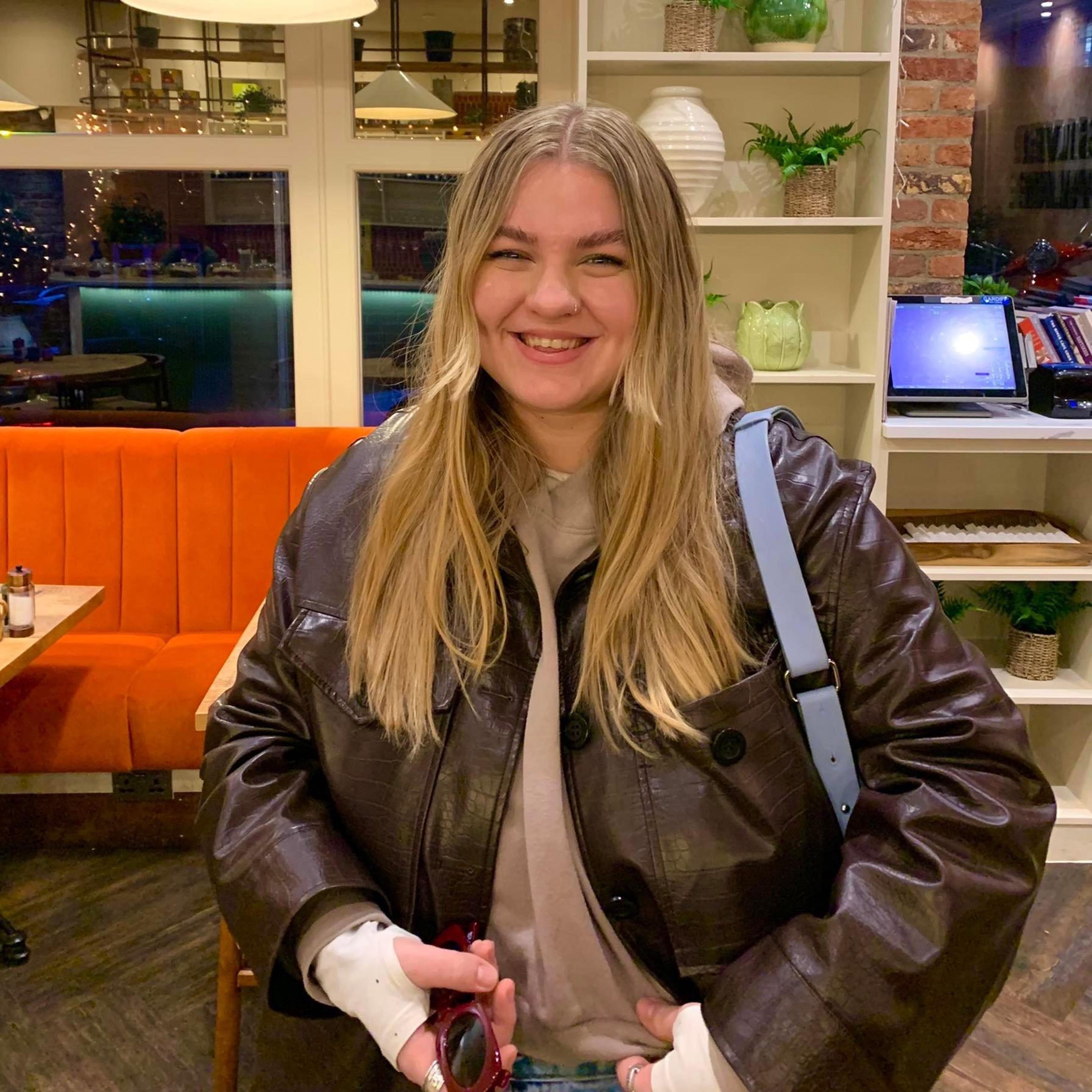Using AI in paid media management: how the platforms are evolving

Izzy Payne
30.05.2024

In the ever-evolving landscape of digital marketing, paid media management has become increasingly sophisticated and competitive. Traditional methods, while effective, are gradually being overshadowed by the inclusion of Artificial Intelligence and predictive optimisations within platforms such as Meta & Google.
By harnessing the power of AI, businesses can enhance their paid media strategies, resulting in more efficient campaigns, improved ROI, and a deeper understanding of customer behaviour. Here's our take on how AI is revolutionising digital marketing methods & paid media management.
1. Advanced Targeting and Personalisation
One of the standout benefits of AI in paid media management is its ability to deliver advanced targeting and personalisation. AI algorithms analyse vast amounts of data to identify patterns and trends that human analysts might miss. This enables marketers to target ads more precisely based on user behaviour, demographics, and preferences. Personalised ad experiences can significantly increase engagement and conversion rates, as consumers are more likely to respond to content that resonates with their individual needs and interests.
Key takeaways:
- Use Google and Meta for suggested audience buckets based on your business profile
- Enable A/B testing within the platforms by allowing the platforms to create multiple variations of your ad copy - guess what…performance first! It’ll pick your most beneficial one and push it for you.
- Responsive creative based on uploaded imagery and videography has been here for a whole and it’s only going to get better. Manipulate the platform to make ads more brand-appropriate through colours, fonts, and styling.
2. Predictive Analytics for Better Decision Making
Predictive analytics, powered by AI, allow marketers to forecast future trends and consumer behaviours. By analysing historical data and current market conditions, AI can predict which ads are likely to perform best and allocate budgets more efficiently. This proactive approach helps in optimising ad spend, ensuring that resources are directed towards the most promising opportunities, thereby maximising ROI.
Key takeaways:
- Forecasting results have always been in the platforms. Utilise this to predict the impressions, clicks and CTR your ads are going to achieve. Tell the client. If the results aren’t where they need to be, you can make adjustments before even setting live.
- Use previous data within the platforms - Meta & Google will most likely have previous campaigns in them as well as the platforms comparing against others within your vertical. Which asset type works best, and what length of video is best, questions like this are common & prompts are included to help you make better future decisions.
- Google especially, will always ask for more budget! It seems as though that’s the only way to improve performance. Wrong. Don’t take predictive advice as gospel. Still use logic, your experience, and know-how to make the final decision.
3. Real-Time Optimisation
AI enables real-time optimisation of paid media campaigns. Traditional campaign adjustments are often reactive, based on performance reports that are hours or days old. In contrast, AI can analyse campaign performance in real-time and make immediate adjustments to bidding strategies, ad placements, and creative elements. This agility ensures that campaigns remain effective and budgets are used most efficiently, even as market conditions change.
Key takeaways:
- Managing thousands of ads isn’t sustainable in terms of resources in today's world. Use recommendations and automated optimisations to teach your algorithm how you like to optimise ads.
- Use campaign and bidding strategies to tell platforms exactly what you want out of your campaign. Use your precious time to analyse, report, and liaise with your client to enable faster growth.
- Be careful about the frequency of automated optimisations. Like with anything a degree of control and human intelligence is needed to ensure your campaigns are on the right track. Use AI to help you and streamline activity, not replace you entirely.
4. Enhanced Creative Development
Creativity in advertising is no longer solely a human endeavour. AI tools can assist in generating ad creatives, from writing copy to designing visual elements. These tools can A/B test various versions of ads, rapidly identifying which ones resonate best with the target audience. This not only speeds up the creative process but also ensures that ads are both engaging and effective.
Key takeaways:
- Meta is great at this and is improving day by day! You can literally build out ads with different creative overlays, and add soundtracks, trim, and creative variations all within the platform starting with a single upload.
- Google responsive ads across the display network as well as in performance max campaigns are impressive. The detail on the other end is still lacking and can be improved. We’re in a transitional time where we still need to know WHY something has happened. Don’t become too over-reliant without giving the reason to your clients and partners.
- External tools are becoming more and more accessible in the marketplace, although some have significant costs. You’d like to believe that Google and Meta will continue to upgrade and develop their in-platform creative resources meaning you won’t incur additional costs.
5. Efficient Budget Management
AI can also streamline budget management in paid media campaigns. By continuously analysing the performance of different channels and ad creatives, AI can dynamically allocate budgets to the most effective areas. This ensures that marketing dollars are used efficiently, reducing waste and improving overall campaign performance.
Key takeaways:
- Budget management is key in not only keeping track of spend but also not missing out on the opportunity for growth. This is the big one, if there’s an opportunity based on search volume or in-market activity, the platform should tell you.
- Don’t be afraid to set daily budgets higher than you’d like as long as you have a targeted budding strategy. Target ROAS / CPA are the main ones meaning opportunities won’t be missed.
- Using planners and forecasting tools to determine future campaign types is consistently getting better. Need a rough indication of budgets? Don’t know where to start? These tools have been around for years capturing this data. Keep using them.
Conclusion
The integration of AI in paid media management is not just a trend but a significant shift towards more efficient, effective, and intelligent advertising. As AI technology continues to advance, its impact on paid media management will undoubtedly grow, offering even more innovative solutions to meet the increasing demands of the digital advertising landscape.
Embracing AI in your paid media strategy can provide a competitive edge, drive better results, and transform how you connect with your audiences. The future of paid media management is here, it has become the norm, and we didn’t even know it...
Related articles

Reaching your Peak Potential
4 min read


